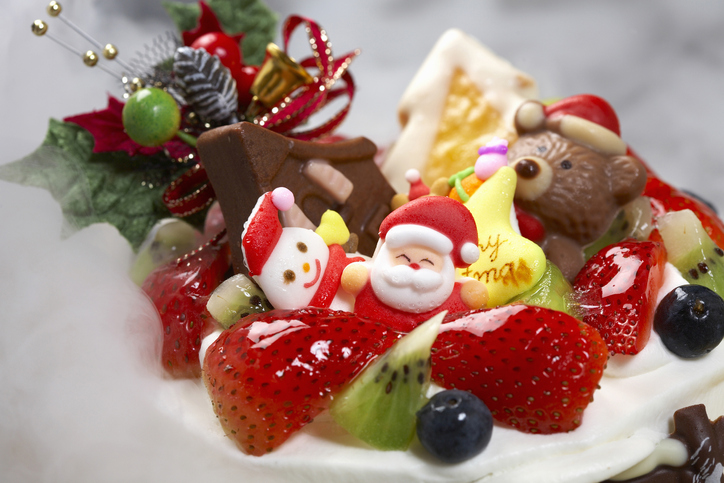If you’re a little tired of eggnog, fruitcake, and those other familiar holiday sweets, try one of these special goodies from distant lands.
Sweden: Knäck
The name translates to “break,” an apt word to describe this “Christmas Butterscotch,” a toffee- or brittle-esque dessert. It’s made out of slowly cooking heavy cream, sugar, syrup, butter, vanilla, and chopped almonds.
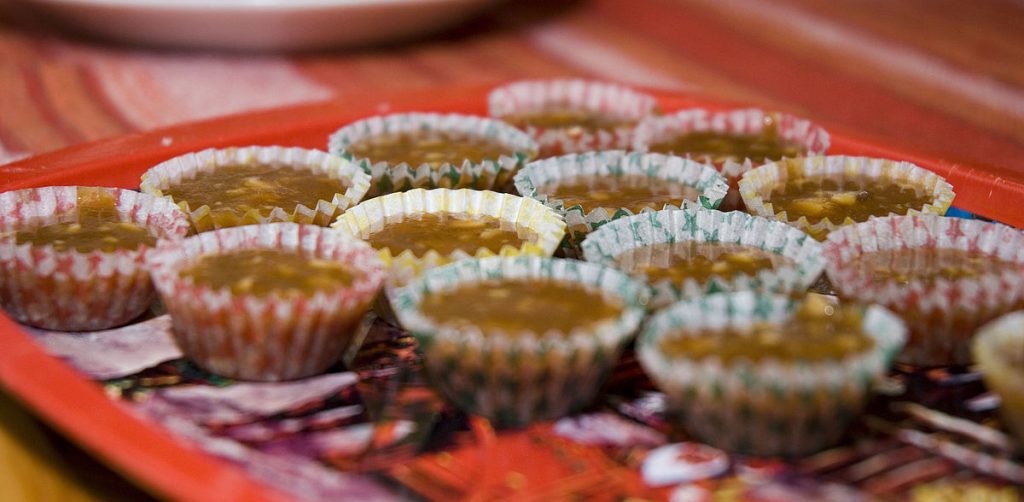
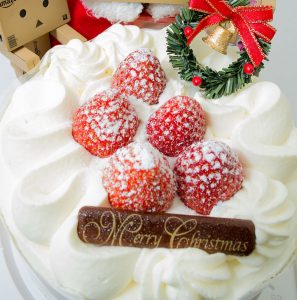
Japan: Christmas Cake
Christmas cake is a common Christmas treat in both current and former constituents of the United Kingdom — fruitcake in the U.S., for example, or any number of cakes served on Christmas in England made with dried or candied fruits, spices, and nuts. Japan has its own Christmas cake tradition, but it’s closer to the western summer dish of strawberry shortcake. Japanese Christmas cake consists of a simple sponge cake topped with whipped cream and strawberries. Some families also like to top it with the words “Merry Christmas” written in hardened chocolate.
Belgium: Cougnou
Also known as cougnolle, the name translates to “bread of Jesus.” That refers to Christmas’s origins as the celebration of the birth of Christ and also how the dish is literally a loaf of sweetbread shaped to resemble that very baby. It’s a simple recipe of milk, eggs, yeast, sugar, and raisins and ideally served with a cup of hot chocolate.
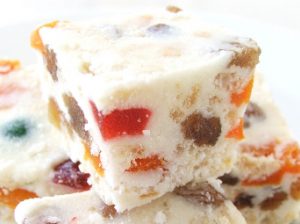 Australia: White Christmas
Australia: White Christmas
As Australia is located in the Southern Hemisphere, Christmas comes during the summer, so one of its most popular Christmas treats is a no-bake treat that doesn’t require a hot oven heating up the whole house. White Christmas is a gleaming white fudge-like dessert, dotted with raisins, candied cherries and coconut flakes. It gets its sweetness from a ton of powdered sugar and consistency from coconut oil. Ingredients are mixed and left to set in a refrigerator.
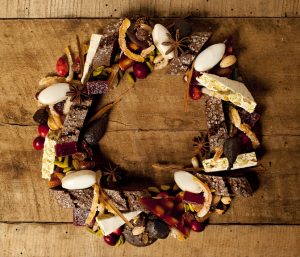 France: Lei Tretze Desserts
France: Lei Tretze Desserts
Don’t just have one dessert…have thirteen! In the region of Provence in southeastern France, that’s the way it goes on Christmas with a custom called lei tretze desserts (literally “thirteen desserts”). Served after a large Christmas Eve feast, all represent a different element of Christian history, with the number 13 representing Christ and the twelve apostles. The first four, called “the four beggars” — raisins, walnuts, dried figs, and almonds — represent four major monastic orders. Then various fresh fruits and baked foods are added to the display, which all stays out until December 27.








